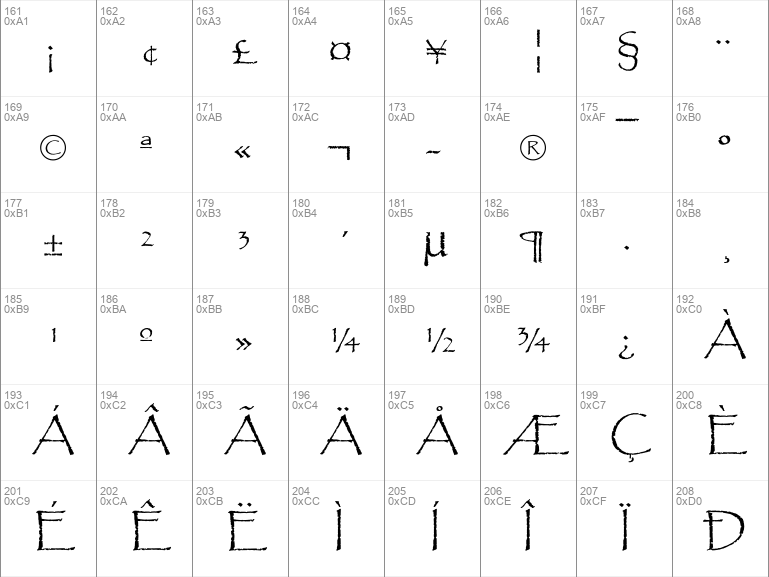
It has a long, successful track record of application and tool support via, e.g., IBM Rational RoseRT, IBM RSA-RTE, and now Papyrus-RT. UML for Real-Time (UML-RT) is a profile of UML specifically designed for real-time embedded (RTE) systems.
Papyrus font generator code#
Our approach simplifies the development of deterministic embedded systems by code generation Of both diagrams and their corresponding behavior are illustrated in an embedded system example that uses parallel processingįor data as well as for events. To avoid nondeterministic models, we define the execution behavior of cooperating activities and state machines. Of the model elements is analyzed according to interconnections of the activity and state diagrams described in the UML standard. Deterministic Models for signal processing embedded systems (DMOSES). At first, deterministic models are ensured independently within both diagrams by using our In this paper, we propose a novel approach to guarantee a deterministic behavior for models in which activityĪnd state diagrams work together. The interconnection between UML activities and state machines enables the comprehensible modeling of systems based on dataįlows and events. To our knowledge, this is the most comprehensive formal semantics for UML-RT to date. Our semantics is novel in several ways: (1) it deals with both state machine diagrams and capsule diagrams (2) it deals with aspects of UML-RT that have not been formalized before, such as thread allocation, service provision points, and service access points (3) it supports an action language and (4) the translation has been implemented in the form of a transformation from UML-RT models created with IBM’s RSA-RTE tool, into kiltera code. Previous attempts to formalize the semantics of UML-RT have fallen short by considering only a very small subset of the language and providing fundamentally incomplete semantics based on incorrect assumptions, such as a one-to-one correspondence between “capsules” and threads. The formal semantics is given by mapping UML-RT models into a language called kiltera, a real-time extension of the \(\pi \) -calculus. We propose a formal semantics for UML-RT, a UML profile for real-time and embedded systems.
Papyrus font generator verification#
Furthermore, we demonstrate the design and verification functionality of the composition framework by presenting case studies from the cyber-physical system domain. In this paper, we present the composition language with its formal semantics, putting special emphasis on design decisions related to the language and their effects on verifiability and applicability. We formalized the semantics of this composition language that provides the basis for generating composition-related Java source code as well as mapping the composite system to a back-end model checker for formal verification and model-based test case generation. In our Gamma Statechart Composition Framework, we designed and implemented a composition language for the synchronous, cascade synchronous and asynchronous composition of statechart-based reactive components.

Designing composition languages is a challenge itself as both practical applicability (support for different composition approaches in various application domains), and precise formal semantics (support for verification and code generation) have to be taken into account.

The increasing complexity of reactive systems can be mitigated with the use of components and composition languages in model-driven engineering.


 0 kommentar(er)
0 kommentar(er)
